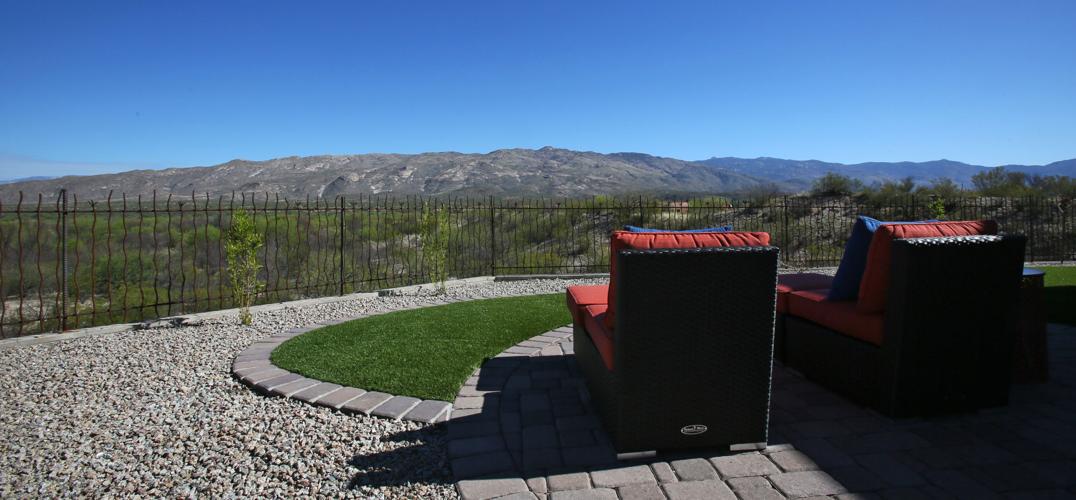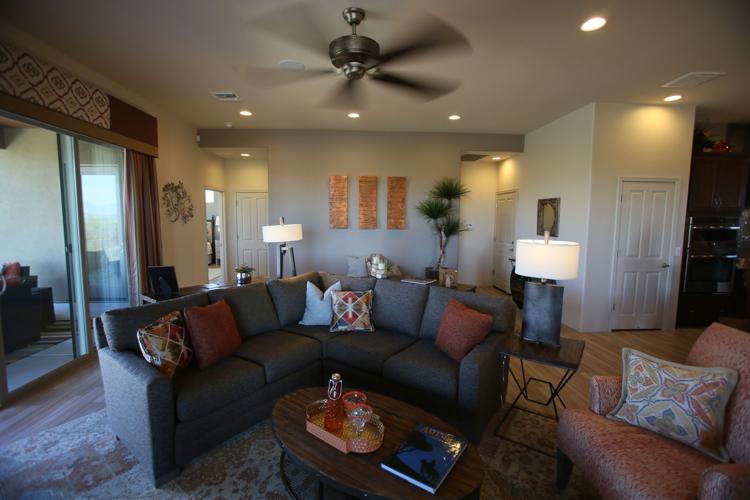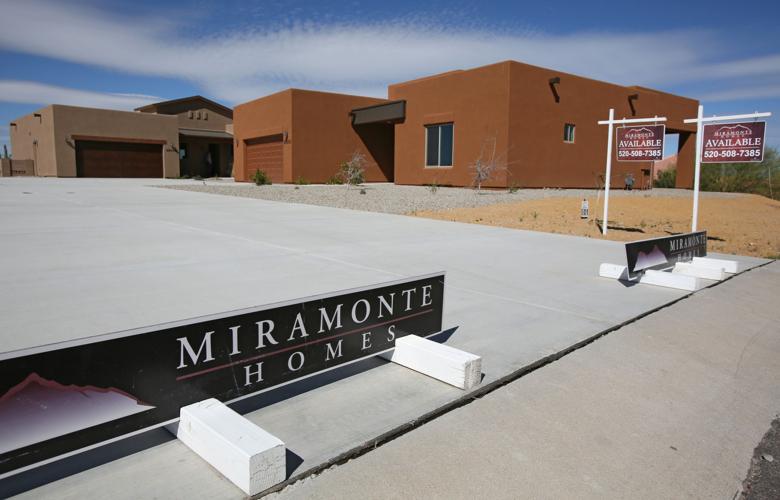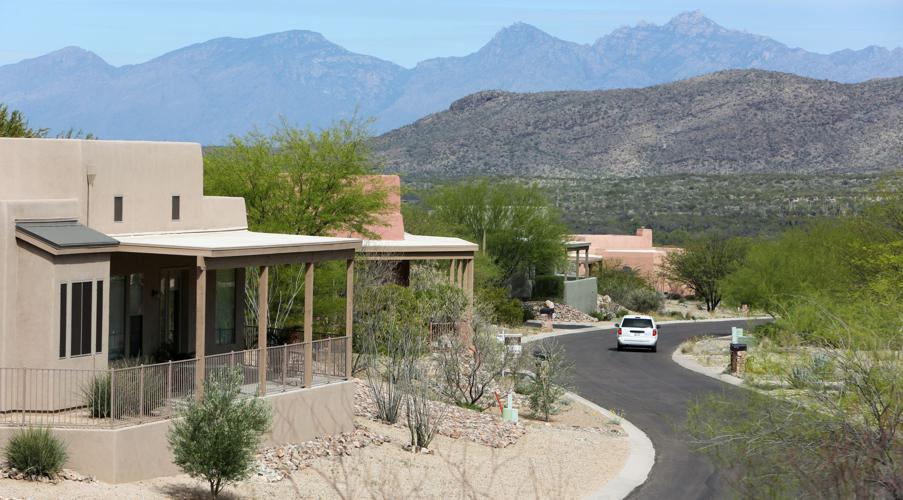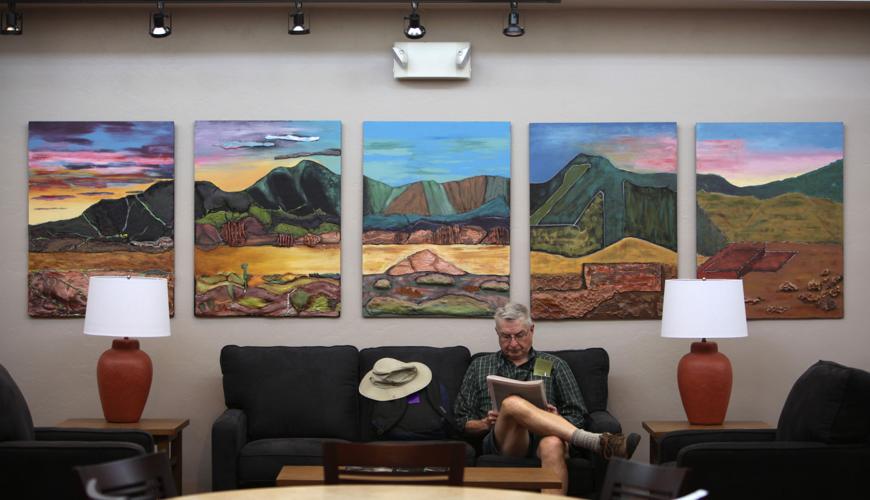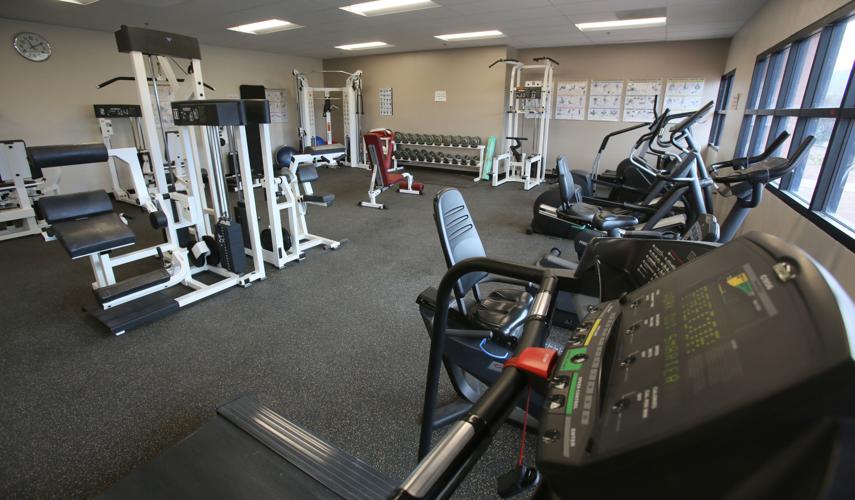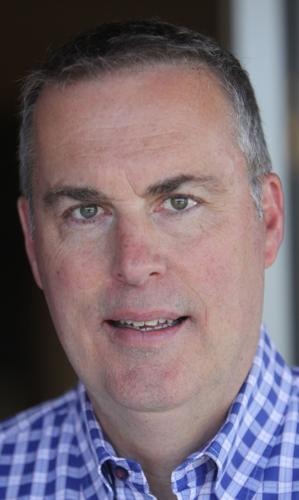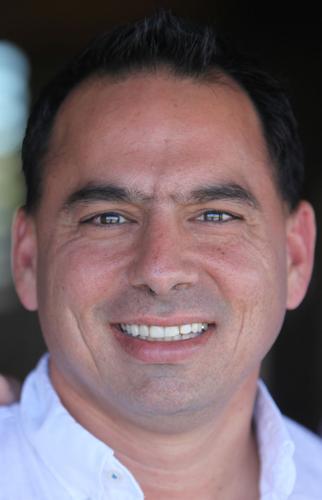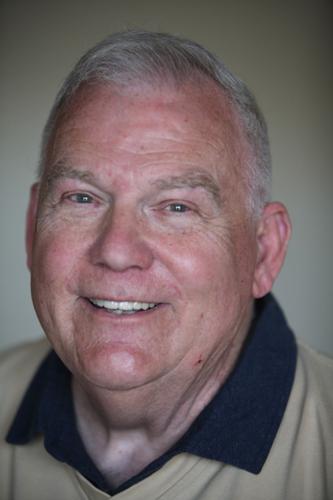An academic senior village nestled in the Rincon Valley will soon have room to grow its unique population.
The Academy Village was founded about 20 years ago by former University of Arizona President Henry Koffler with a vision to provide retiring professors, scholars and artists a place to retire from work, not life.
Residential development around the Arizona Senior Academy floundered during the housing crisis but a team of local developers have reignited home construction.
Developer Dabdoub Acquisitions and homebuilder Miramonte Homes have broken ground on the first of 110 planned homes in the village, near Old Spanish Trail and Camino Loma Alta.
“After we toured the community, we loved the views and the lifestyle,” said Marcel Dabdoub. “It was a unique opportunity to do something different.”
Chris Kemmerly, owner of Miramonte Homes, said it’s the first time he’s built in a senior community.
The residential development, named Altura, features homes from 1,200 to 2,200 square feet in size with prices of $189,000 to $264,000. The homes feature 10-foot ceilings and 12-foot sliding glass doors with views of the Rincon Mountains and surrounding valley.
The village already has about 120 homes and the new developers worked with homeowners on the design of the future homes.
“We would not have been able to do this if Miramonte was not an out-of-the-box builder,” Dabdoub said.
Koffler, who served as UA president from 1982 to 1991, said he is thrilled to see the project getting new life.
There have been recent upgrades to the community center, added activities at the Academy and new assisted living facilities built in the village.
“The future of this unique community looks as good as ever,” said Koffler, 94.
EDUCATION AND CULTURE
The centerpiece of the Academy Village is the academy itself where residents can attend weekly concerts, discussion groups and lectures.
Because the community is populated by many academics, legal minds and retired CEOs, their expertise is often featured in the lectures, said Jed Kee, the president of the Arizona Senior Academy, and a resident.
“It’s an unusual community,” he said. “Education and culture are the focus, not golf.”
A working partnership with the UA School of Music offers guest performances at the academy. Sometimes, Kee said, a group will use the hour performance as a dress rehearsal before playing at the university in the evening.
ASA members also get a UA Cat Card, which allows them to check out books from the university’s library and get discounts on different things around campus.
The academy is nonprofit and funded by resident dues and private donations. Residents aged 60-plus pay $75 a month to the academy.
The academy has a program with the Vail School District where a resident and a sixth-grader read the same book, then meet each other to discuss the story.
“We view it as one of our responsibilities,” Kee said.
A separate community center, funded by the $195 monthly homeowners fee, features event space, workout rooms and a community kitchen, said Janet Barrett, a resident and a community tour guide.
Artwork throughout the community center was photographed or painted by the residents, and the center is often abuzz with committee meetings, birthday parties and regular happy hours.
An on-site wellness center is staffed by a registered nurse and offers basic medical services.
Residents who wanted an area where dogs could be off-leash pooled their money to build one adjacent to the pool area, Barrett said.
AGING IN PLACE
As the Academy Village evolved, residents wanted a place where loved ones could get assisted living without having to leave the community, said Gary Fenstermacher, president of the Academy Services Corp., and a resident.
The Services Corp. has three prongs:
- A wellness center, offering support for those with acute or chronic conditions.
- A home health program that gives assistance with daily activities for those residents who want to remain in their own homes.
- Assisted living care for those no longer able to live independently.
The first villa, with 14 beds, was built with a $2.9 million donation from a group of original residents and opened in 2010.
“They wanted a place where people could age in place,” Fenstermacher said.
A second villa, with 16 beds, is being finished and was also partially funded by $1 million in donations from residents.
The services provided are open to anyone, not just those who live in the community.
“The Vail area is still heavily populated by young families,” Fenstermacher said. “We market to their parents because there are not a lot of assisting living facilities in Vail.
“We treasure the idea,” Fenstermacher said, “of keeping people here until the end.”


